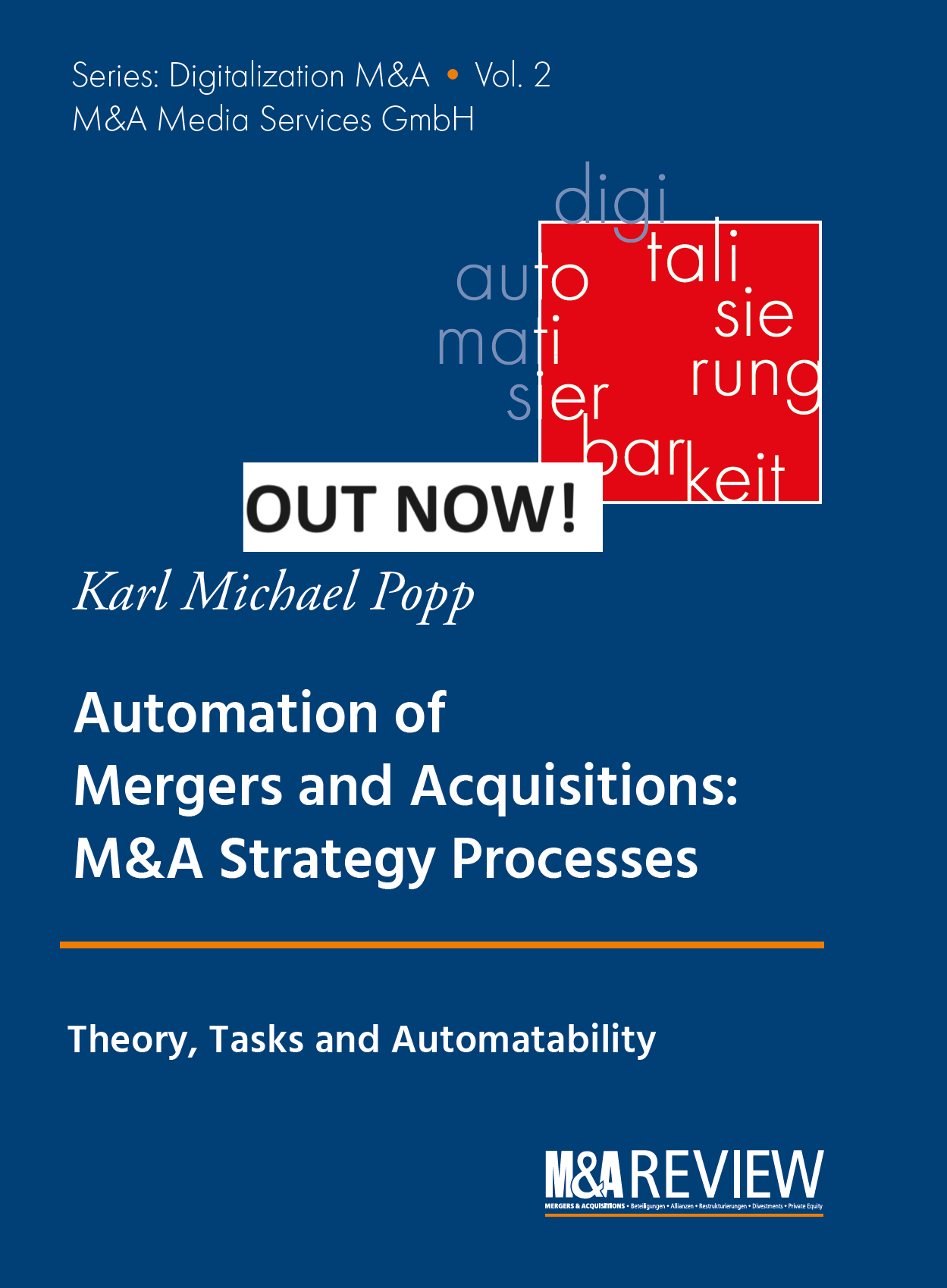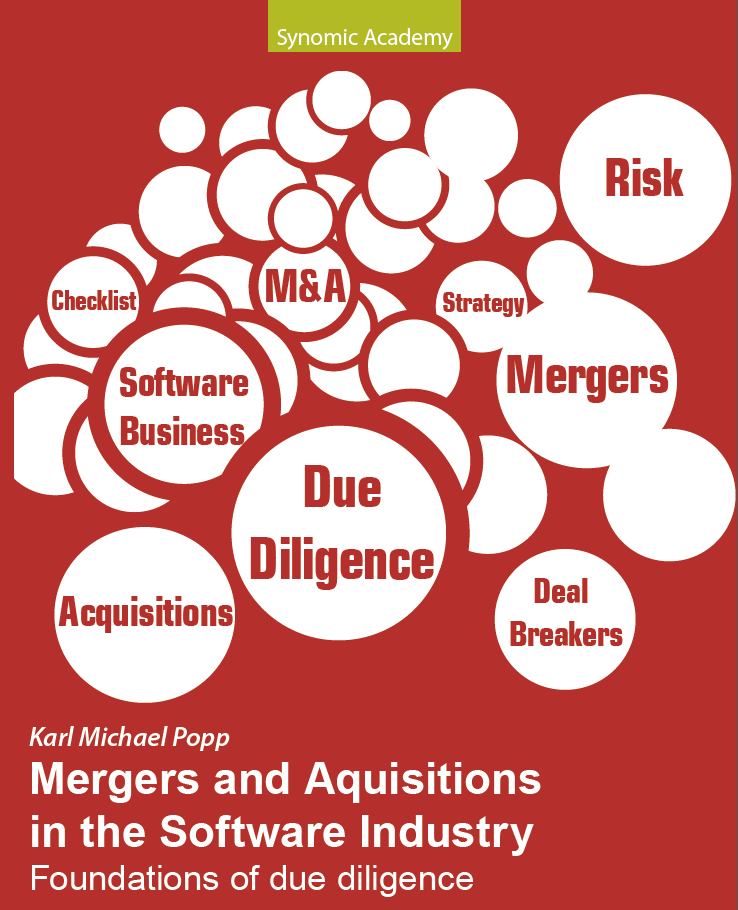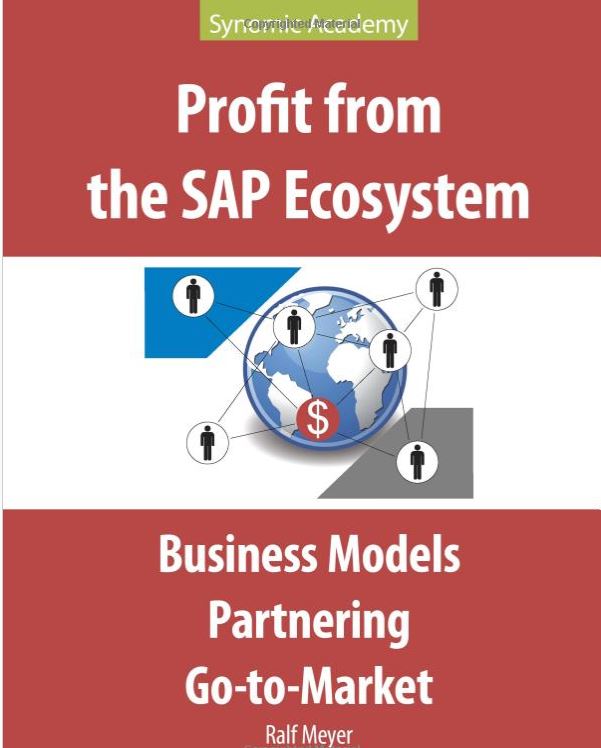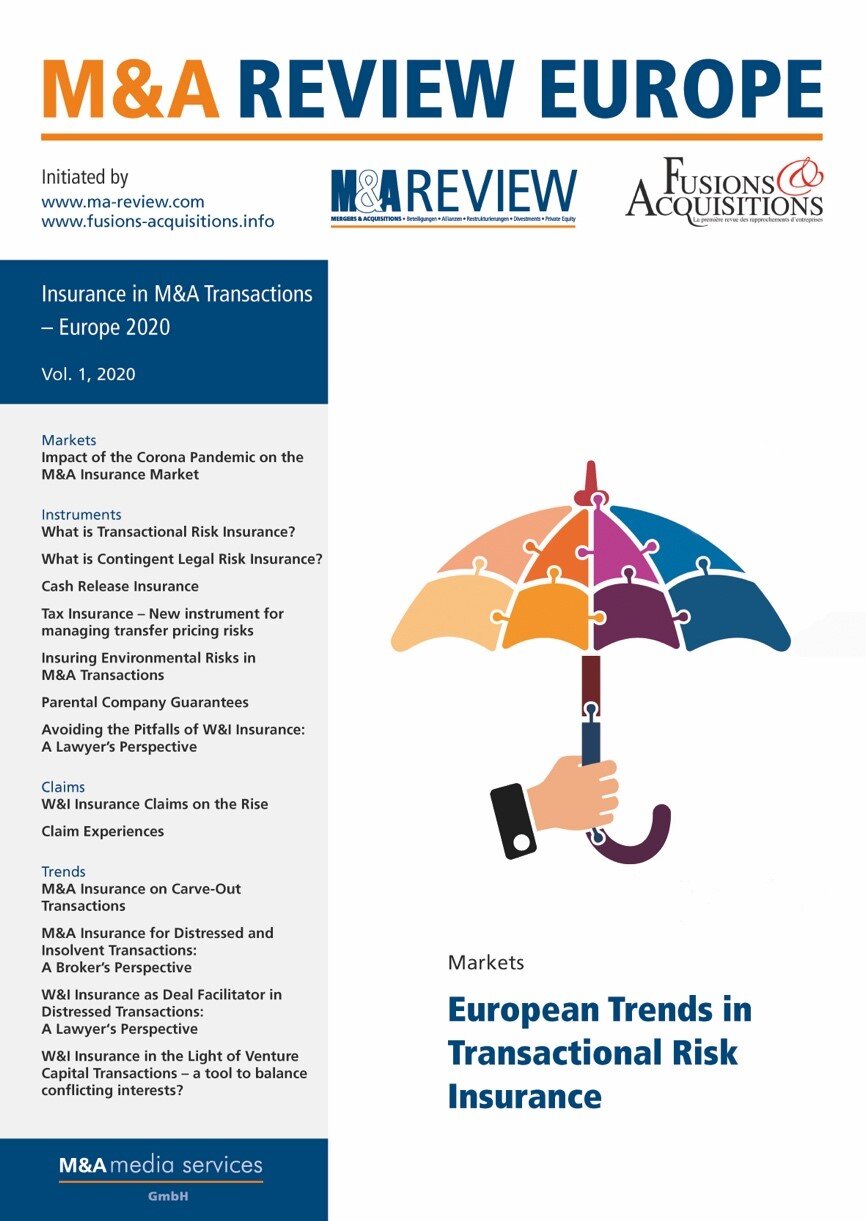M&A automation: Automated Valuation Models: Short Overview
Automated Valuation Models: Short Overview
Automated Valuation Models (AVMs) utilize data analytics, machine learning algorithms, and various economic indicators to ascertain the valuation of an enterprise. AVMs present a more expedient, data-centered alternative to conventional valuation techniques, which frequently necessitate manual intervention and considerable financial acumen.
Key Benefits
Speed: Significantly diminishes the duration required to appraise assets or enterprises.
Cost Savings: Abolishes the necessity for extensive financial advisory services, thereby conserving associated expenses.
Improved Accuracy: Employs extensive datasets to yield more exact valuations.
Implementation
AVMs capitalize on both historical and real-time data in evaluating assets, making adjustments for market dynamics, corporate performance, and industry standards. These models also aggregate data from recent comparable transactions, consumer sentiment, and predictive analytical techniques to generate refined estimations.
Key Tools
Deal Room AVM Tools: Specifically engineered for mergers and acquisitions, integrating financial data with market assessments.
Zillow AVMs (Real Estate Example): Exemplifies the efficacy of AVMs in swiftly appraising market value.
Challenges
Market Volatility: Abrupt economic fluctuations can compromise the reliability of the models.
Data Dependence: AVMs necessitate precise and up-to-date data to function effectively, which may pose a limitation in certain sectors.
This relates to my new book “Automation of Mergers and Acquisitions“.








